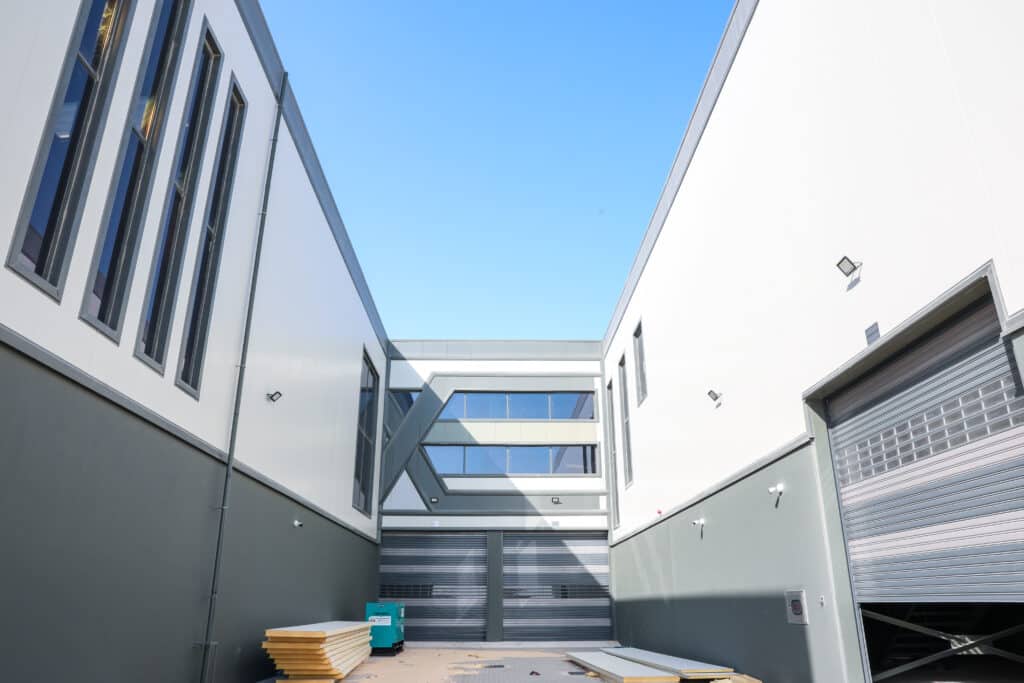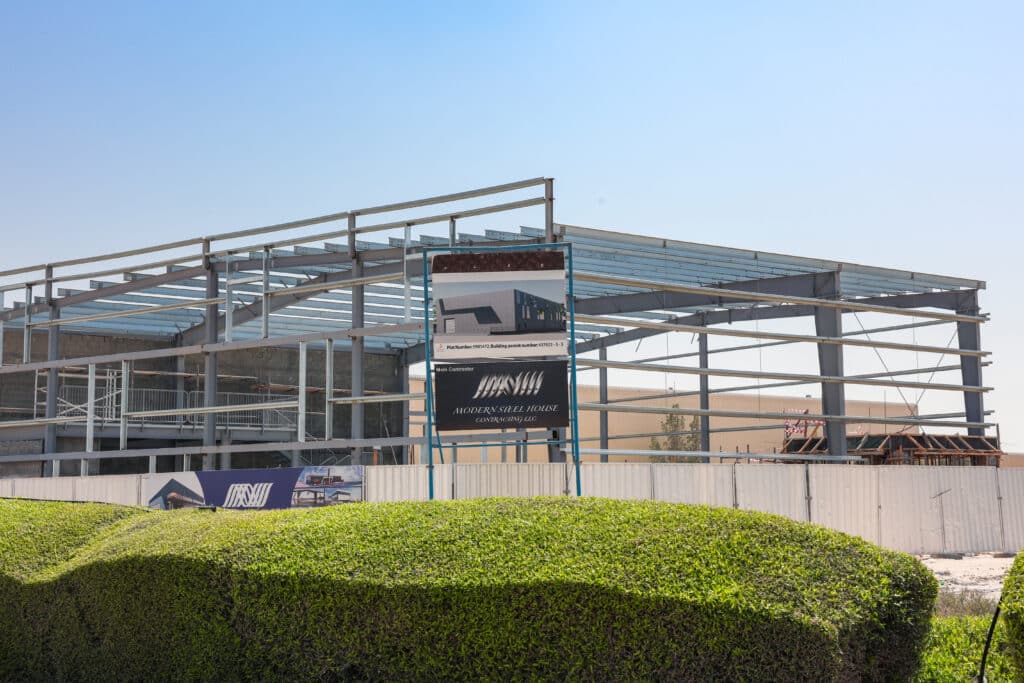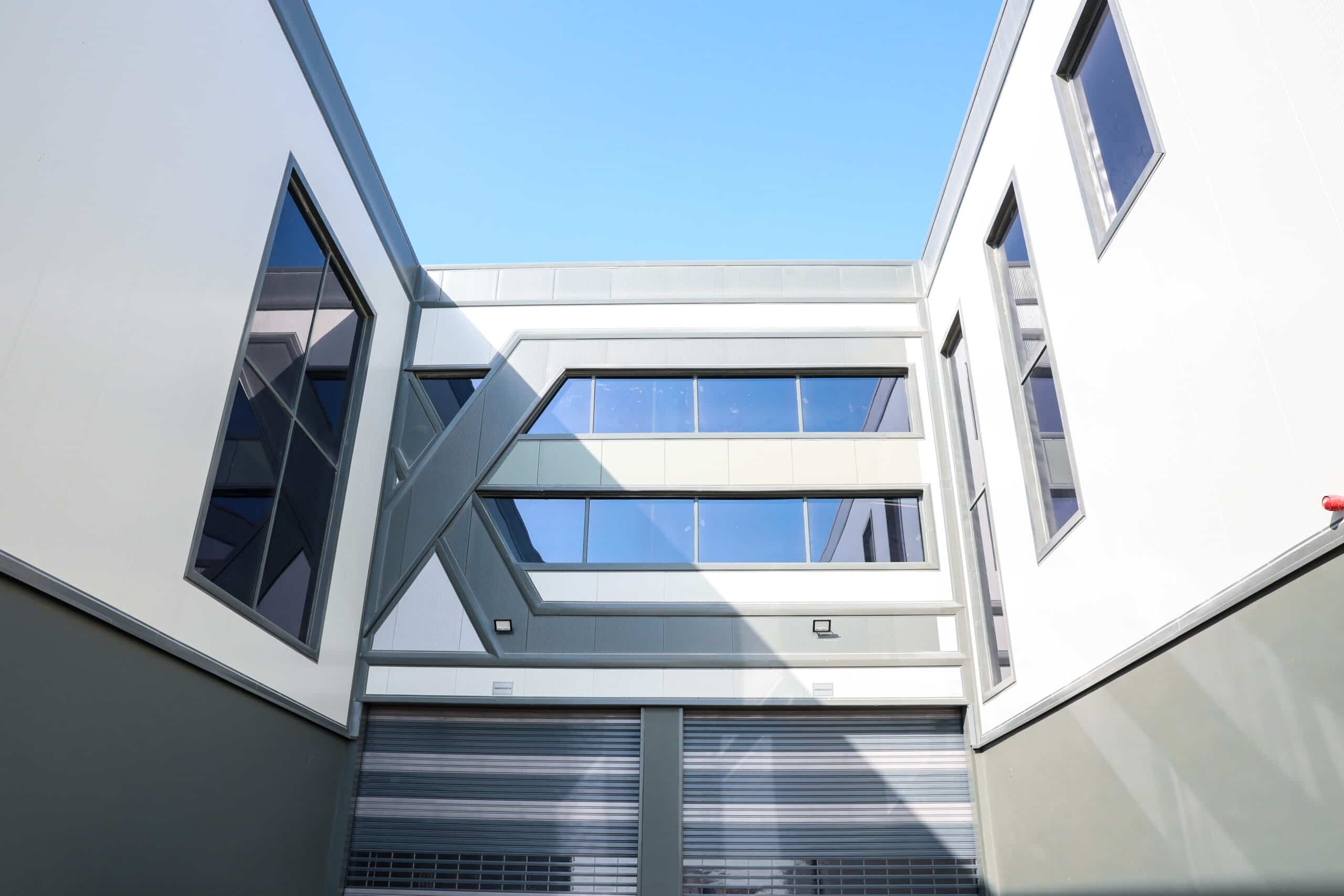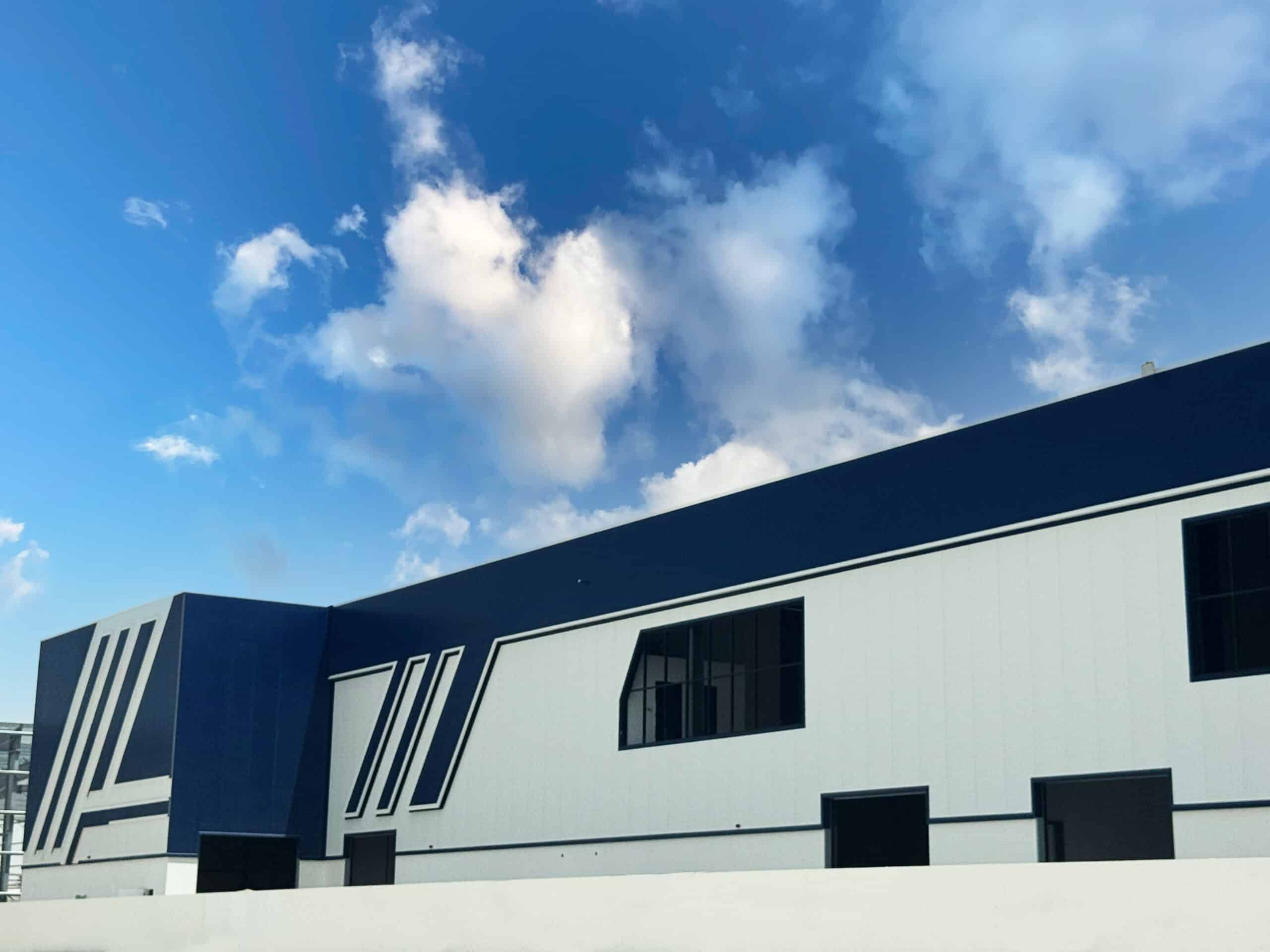What Is Green Energy and Why It Matters
How do green buildings save energy? Green Energy is a catch-all term for power that comes from renewable, low-carbon sources—think sun, wind, water, and even the leftover heat from industrial processes. Because these fuels are free (nobody sends you an invoice for sunshine) and constantly replenished, they’re the opposite of volatile fossil fuels whose prices swing like a 90’s yo-yo. But how does green energy work in day-to-day life?
According to the International Energy Agency (IEA), buildings account for nearly 30% of global energy consumption and 26% of global energy-related CO₂ emissions. That means any shift toward greener solutions isn’t just good for the environment—it’s a major financial opportunity. In a nutshell, photovoltaic cells turn sunlight into electricity, turbines spin wind into kilowatts, and geothermal loops pull steady underground temperatures into our HVAC systems. All of these methods skip the costly mining, drilling, shipping, and burning stages that make conventional power both expensive and dirty.
How Does Green Energy Save Money
While “saving the planet” is a feel-good slogan, most homeowners and business operators really want to know, “What’s in it for my wallet?” Below are the three biggest ways green solutions turn into hard-cash savings.
Lower Utility Bills Through Energy Efficiency
- Smart envelopes: Better insulation, airtight windows, and phase-change materials slash heating and cooling loads.
- Efficient gear: LED lighting, ENERGY STAR appliances, and variable-speed drives drink far less electricity.
- Real-time monitoring: Sensors flag waste—like that conference-room light that’s on all weekend—so you can kill unnecessary loads.
Reduced Maintenance Costs with Sustainable Systems
Renewable tech often has fewer moving parts. A rooftop PV array has no belts, pistons, or fuel injectors to service—just a quick annual cleaning. Even complex setups become simpler when MEP (Mechanical, Electrical & Plumbing) engineers specify modular components that swap out in minutes rather than hours. Time saved in the boiler room equals money saved on labor.
Long-Term ROI from Renewable Energy Sources
Solar panels still aren’t free, but falling prices plus federal and local incentives mean payback periods of 5-8 years are now common. Once the array is paid off, the electrons it pumps out are essentially free—sometimes even earning credits when you sell excess power back to the grid. Add bonus depreciation for commercial owners and you hit “money printer” status surprisingly fast.
Comparing Green Buildings to Traditional Construction
Energy Loss in Conventional Buildings
Older buildings leak energy like a sieve. Thermal bridges, uninsulated ductwork, and single-pane windows let conditioned air escape, forcing HVAC systems to over-work and over-spend. It’s like running the AC with the windows open and wondering why the bill is astronomical.
Upfront Investment vs. Lifetime Savings
Yes, greener components can cost 5-15 % more at purchase. But factor in 30 years of lower utilities and that premium looks tiny. A $30 k efficient roof might save $1 k per year in heat loss—$30 k over its life. That’s a 100 % return before you even talk incentives.
Tax Incentives, Grants, and Rebates
From LEED credits to local “net-metering” rates, governments love to subsidize energy savings. Businesses can stack federal Investment Tax Credits (ITC) with state grants, while U.S. homeowners still score a juicy residential clean-energy credit at tax time. Free money rocks.

How Green Architecture Enhances Energy Savings
Great architecture isn’t just pretty lines—it’s physics in a sketchbook. Shape, orientation, and material choices dictate how much a building drinks or leaks energy. Architects partner with MEP consultants early so ducts, pipes, and cables weave into the structure rather than being taped on after the fact. A tight envelope plus correctly sized systems means smaller equipment, lower capital costs, and less energy over decades.
Smart Design Strategies That Cut Costs
Passive Solar Design and Natural Ventilation
Large south-facing windows (north-facing in the southern hemisphere) soak up winter sun while deep overhangs block high summer rays. Stack-effect vents pull cool breezes through night-flushed interiors—no fan required.
Building Orientation and Shading Solutions
Angling the long axis east-west minimizes harsh morning and evening gains. Exterior louvers, deciduous trees, and reflective coatings all chip away at cooling loads so you can spec a 5-ton chiller instead of an 8-ton beast.
High-Performance Insulation and Glazing
Triple-pane windows filled with argon gas, low-e coatings, and thermally broken frames curb conductive losses. Remember the density note earlier? Aluminum frames are light but conduct heat, so they get plastic “breaks” to halt thermal bridging. Steel frames, while stronger (and in many cases magnetic), need similar breaks or a hefty insulation layer.
Green Energy Technologies in Buildings
Solar, micro-wind, and ground-source heat pumps get most of the press, but “behind-the-scenes” tech is equally cool: battery storage that arbitrages peak-hour rates, on-site biogas digesters for food-service facilities, and DC microgrids that slash conversion losses. Wondering again how does green energy work? Picture a building-wide smartphone battery: it stores extra solar juice at noon, then powers your dinner prep at 7 p.m.—no fossil backup needed.
Materials That Reduce Costs and Waste
Recycled, Renewable, and Low-Carbon Options
- Recycled steel uses 75 % less energy than virgin smelting.
- Bamboo grows a full structural pole in three years versus the decades trees require—fast cash flow for plantations.
- Low-carbon concrete swaps in fly ash or slag, shrinking cement emissions (and potential carbon taxes) by up to 40 %.
Green Roofs and Thermal Regulation Benefits
A living roof acts as a sponge, lowering storm-water fees in flood-prone cities. It also blankets the top floor, trimming summer cooling loads. Add pollinator-friendly plants and it doubles as marketing—who doesn’t want lunch meetings in a rooftop meadow?

Certifications That Add Value and Savings
- LEED plaques aren’t just vanity. Tenants pay higher rent for proven efficiency.
- ENERGY STAR buildings average 35 % lower energy bills.
- WELL scores skyrocket employee satisfaction, which correlates with 2-5 % productivity gains (translation: more revenue).
Even appraisers now jot down “green premium” on their spreadsheets, boosting resale values.
Final Thoughts: The Long-Term Financial Wins of Green Energy
So, how does green energy save money? As it turns out—many ways. From slashing utility bills with efficient insulation and smart MEP systems, to unlocking long-term returns through solar panels and government incentives, green energy is more than just an environmental trend—it’s a financial strategy.
We’ve seen how thoughtful building design, sustainable materials, and advanced technologies like passive solar and energy storage can drastically reduce both energy use and maintenance costs. Green roofs regulate temperature, recycled steel reduces production costs, and high-performance glazing cuts HVAC demands. Even certifications like LEED or ENERGY STAR add real-world value by increasing property resale price and tenant demand.
And here’s the kicker: green energy systems aren’t just more efficient—they’re smarter. Whether it’s understanding how green energy works, factoring in the mass density of aluminum to lighten your structure, or questioning is steel magnetic when choosing materials, it all points to one conclusion—sustainable thinking pays off.
In short, adopting green energy practices isn’t just good for the planet. It’s a long-term investment in lower bills, higher building value, and a cleaner, smarter future.

